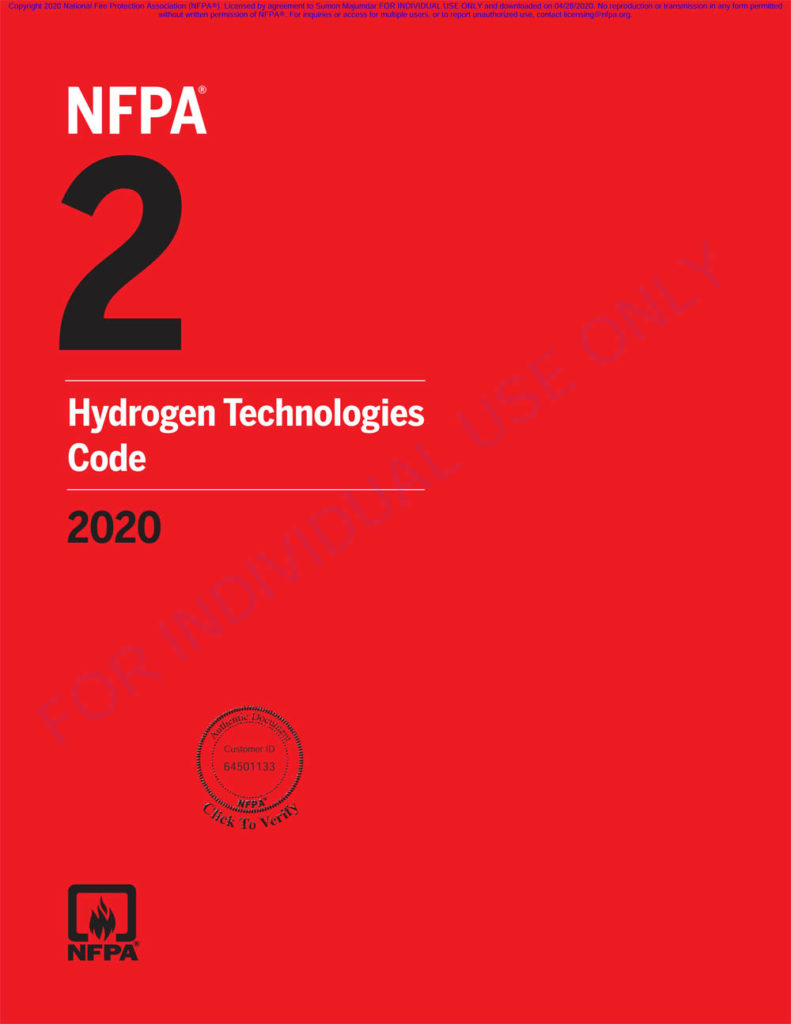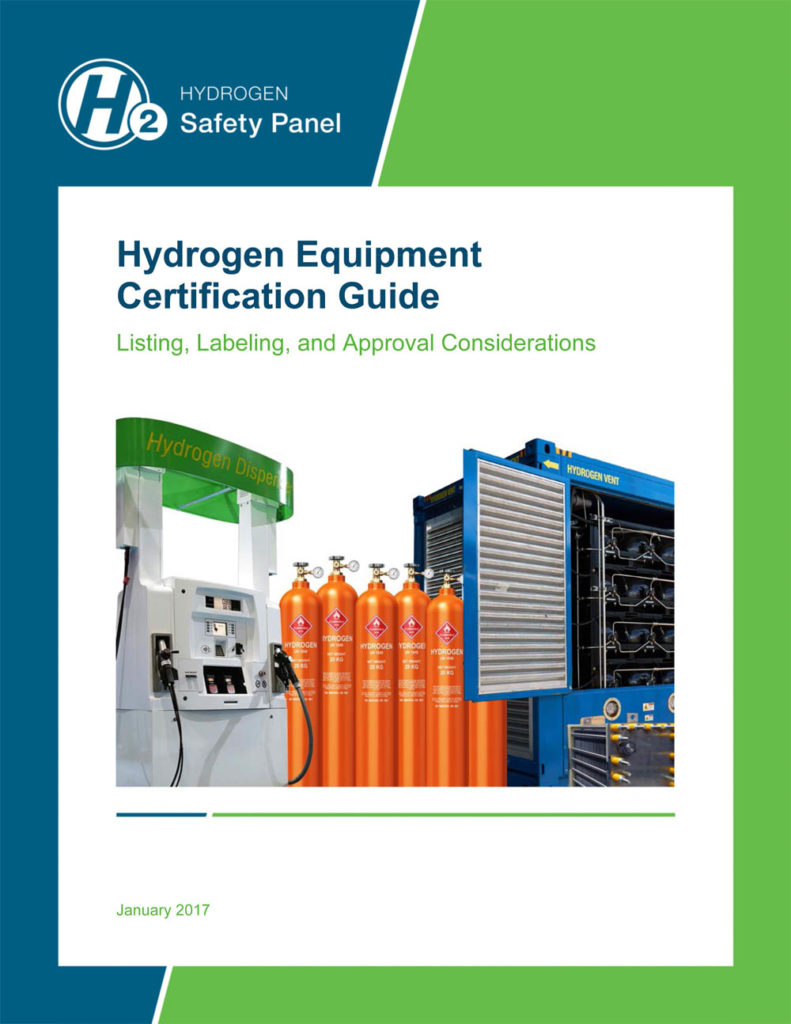RISK ANALYSIS
Risk Analysis is the science of putting the future at the service of the present. Through Risk Analysis we make a range of informed decisions about our Environment, Health, Safety, Social and Economic wellbeing. The analysis of risk includes,
1. Risk Assessment
2.Risk Characterisation
3. Risk communication
4. Risk management
5. Policy related to Risk.
Risk include both to Human Health and to the Environment, built and natural. Threats come from Physical, Chemical and Biological agents as well as from a variety of human activities and natural events. The Society for Risk Analysis traces the evolution of risk based thought and its application to the world around us. The
analysis of risk is being increasingly viewed as a field in itself and the demand for a more orderly and formal treatment of risk is great and paramount and is a core process of any project or Engineering activity. The Risk Analysis related to the production of hydrogen at offshore Wind Farm takes into account the physiochemical
properties of hydrogen related to its storage and transportation which requires risk mitigation at the design stage or at the material selection stage. The Risk Analysis concludes with the Scottish Government support in the form of policies, collaborations with EU Projects related to Hydrogen, dedicated funding towards renewable
source of energy for the sector to grow, generate employment, bring in innovation and help attract private Investors. Physiochemical properties of hydrogen related to it’s storage in gaseous state Flammability: Hydrogen is a flammable gas and can feed a fire under specific conditions, such as mixed with oxygen in certain
composition ranges with a concurrent presence of an ignition source. Hence hydrogen is flammable only in the peripheral areas of leak when stored in gaseous state where mixing with air (oxygen) is within its flammability range. Under ambient conditions, hydrogen is flammable over a wide range of concentrations (4-75%) and explosive in a narrower range (15-59%) Autoignition temperature (the minimum temperature required to initiate self-sustained combustion in a combustible fuel mixture in the absence of an ignition source) for hydrogen is 585°C, higher than any other conventional fuel such as methane (540°C) and gasoline (230-480°C). The minimum energy required to initiate combustion (the ignition energy) is 0.03 mJ, much lower than that of conventional fuels Hydrogen Embrittlement: Degradation of mechanical behaviour of metallic materials used in hydrogen infrastructure (storage vessels, pipelines) leading to their failure. The accumulation of hydrogen in a solid metal results in the reduction of its ductility thus increasing the probability of brittle fracture with catastrophic results. Hydrogen causes embrittlement in its atomic form and not as a molecule. Solute hydrogen atoms in metals tend to concentrate in defects of the crystal structure (dislocations and grain boundaries
among others), imposing a barrier to the movement of dislocations, effectively impeding the plastic flow of the material. As a result, the ductility of the metal decreases and the material becomes brittle Hydrogen attack: Hydrogen attack (High temperature hydrogen attack) refers to the loss of strength and ductility of steel by high temperature reaction of absorbed hydrogen with carbides in the steel, resulting in decarburization and internal fissuring, also referred to as Hot hydrogen attack or decarburization. This results from chemisorption, aqueous corrosion due to Van der Walls forces between a metal surface and hydrogen molecules resulting in the dissociation of hydrogen molecules into atoms. (Van der Walls Force – Distance dependent interaction between atoms/molecules in the form of weak forces that contribute to intermolecular bonding between molecules). Hydrogen Attack has been reported in Plain Carbon Steel, Low Alloy Steel, Some Stainless Steel operating above 200 C Risks related to the complete project starting from the Installation of the Integrated Processing Platform, Storage and transportation, choice of compressor as per detailed design methodology of the project are referenced from below documents.
1. American Society of Mechanical Engineering (ASME)
i) ASME B19.3 can be used to determine the requirements for safety devices and protective facilities to prevent compressor accidents as a result of excessive pressure.
ii) ASME PTC-10 can be used to determine the thermodynamic performance of an axial or centrifugal compressor or exhauster doing work on a gas of known or measurable properties under specified conditions.
1. 2. H2 Hydrogen Safety Panel. Hydrogen Equipment Certification Guide. Listing, Labelling, and Approval
Considerations
2. 2. NFPA Code 2 Hydrogen Technologies Code 2020 Copyright 2020 National Fire Protection Association (NFPA®).
Licensed by agreement to Sumon Majumdar FOR INDIVIDUAL USE ONLY and downloaded on 04/28/2020. No reproduction or transmission in any form permitted without written permission of NFPA®. For inquiries or access for multiple users, or to report unauthorised use, contact licensing@nfpa.org. UK Government has successfully created an ecosystem to support the progress in the renewable energy sector. Following are the steps taken:
1.Joint Industry Program (JIP) brings together consenting and environmental protection authorities from different jurisdiction in the UK.
2.Renewable Energy Investment Fund (REIF) has invested GBP 7.5 m (2014 figures) in related projects.
3. The Government has 5 numbers of test facilities to test and validate new innovations.
4.Total 23 projects were funded in the year 2018
5.Detailed Ocean Energy Policy is outlined by the Government.
6.There is also a revenue support mechanism in place which is not “Ring Fenced”. Ocean Energy competes against all other renewable technologies.
7.The Scottish Hydrogen and Fuel Cell Association (SHFCA) promotes and develops Scottish expertise in fuel cells and hydrogen technologies.SHFCA brings together Scotland’s specialised fuel cell companies, power generation companies, academic institutions, research and development bodies, energy consultants, Scottish Enterprise and local enterprise companies and councils with an interest in Hydrogen & Fuel Cells.
8.Horizon 2020 program is a welcome step in that direction. With the present gloomy picture of job losses in the Offshore Oil & Gas sector due to the Oil price crash, this Project can generate employment in the Research and Development, Installation, Operation & Maintenance of the project under consideration.




